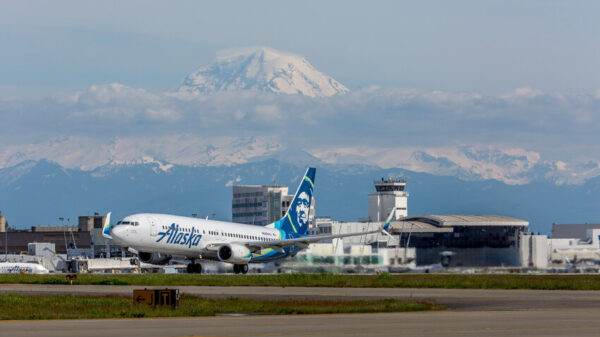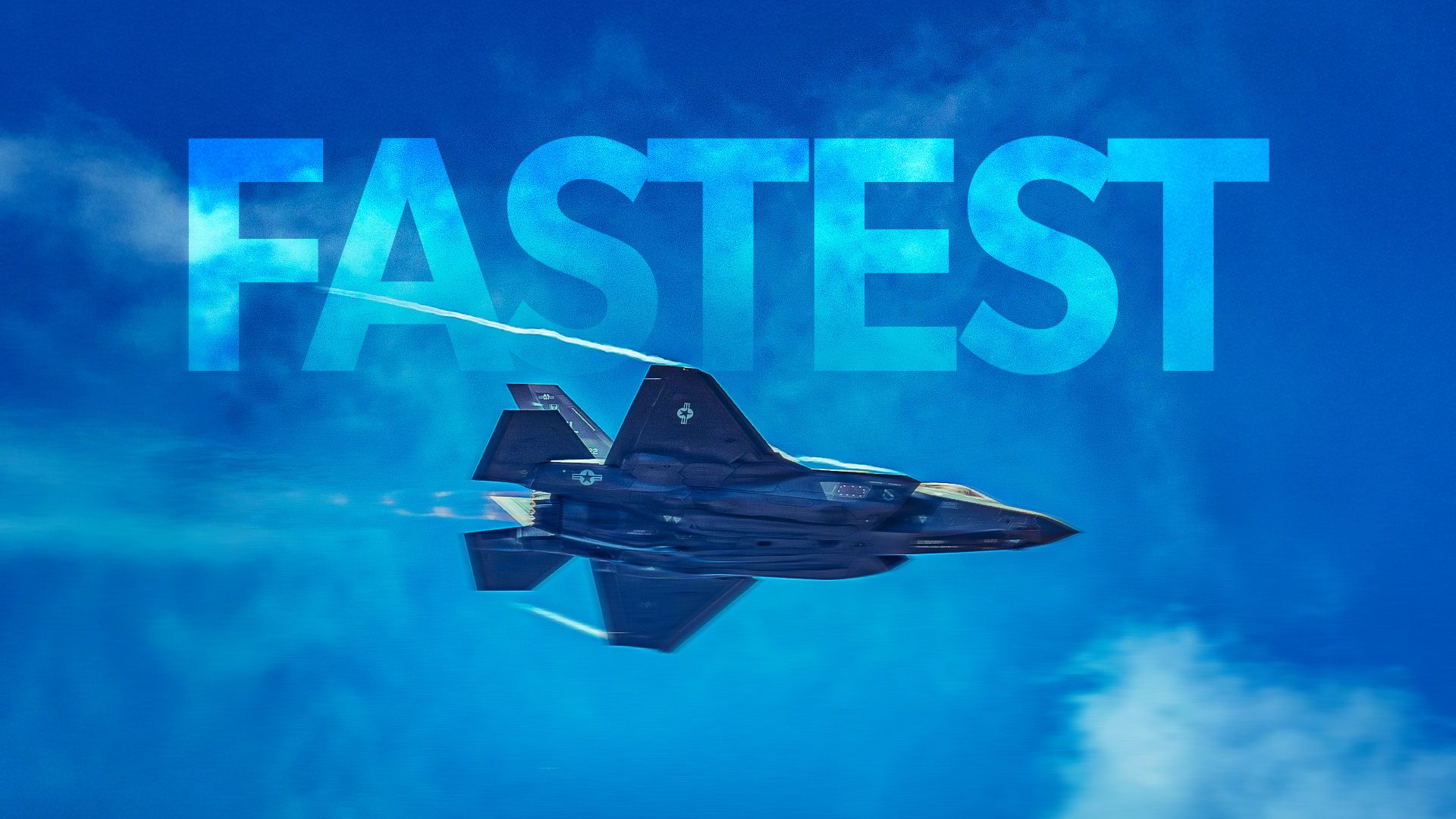The landscape of American fighter jets in 2025 showcases a remarkable blend of speed, stealth, and multirole capabilities. Among the fastest operational aircraft, the F-15 Eagle stands out, capable of reaching speeds of Mach 2.5 while carrying substantial weaponry. The F-22 Raptor, known for its supercruise and low observability, closely follows, exemplifying the Air Force’s commitment to air dominance. These aircraft, along with the F-16 Fighting Falcon, F/A-18E/F Super Hornet, and F-35 Lightning II, highlight the evolution of military aviation from sheer speed to an integrated approach that prioritizes survivability and information advantage.
A Closer Look at America’s Fastest Fighters
The F-15 Eagle remains a cornerstone of U.S. air power. With the original variants and the advanced F-15EX Eagle II, this fighter jet has been designed for air superiority since the late 1960s. Its twin-engine setup allows for unmatched thrust-to-weight ratios and climb rates, making it a formidable presence in the skies. The F-15EX incorporates modern technologies, including digital fly-by-wire controls and an AN/APG-82 radar, ensuring it stays relevant in contemporary combat scenarios. With a typical range of 2,400 miles (3,840 km) and over 1,500 units produced, the F-15 family continues to serve as a multi-role asset for the U.S. military.
Following closely is the F-22 Raptor, the Air Force’s first fifth-generation fighter. It boasts a maximum speed of Mach 2 and offers advanced capabilities through its stealth design and supercruise ability. The F-22’s operational range is approximately 1,850 miles (2,980 km), with a production total of 195 aircraft. Although originally intended for air superiority, the Raptor can engage in precision strikes and electronic warfare, showcasing its versatility in modern warfare.
The F-16 Fighting Falcon, another iconic American fighter, achieves a top speed of Mach 2. Designed as a lighter and more economical solution to the F-15, it has become a mainstay in various air forces worldwide. With over 4,600 units produced, the F-16 continues to evolve, integrating advanced avionics and weapons capabilities, allowing it to perform diverse roles including air superiority and ground attack. Its operational range extends to 2,002 miles (3,220 km), underlining its role as a versatile platform in air defense missions.
Naval Power and Multirole Capabilities
On the naval front, the F/A-18E/F Super Hornet serves as the backbone of the U.S. Navy’s carrier-based operations. With a top speed of Mach 1.8 and a typical range of 1,275 miles (1,458 km), this aircraft combines strength with flexibility. The Super Hornet has undergone extensive upgrades, including the Block III enhancements that improve its combat capabilities and extend its service life into the 2030s. With over 632 units produced, the Super Hornet is also attracting international interest from allies like Australia and Kuwait.
Completing the lineup is the F-35 Lightning II, which, despite a lower top speed of Mach 1.6, offers unparalleled stealth and sensor fusion capabilities. The F-35 is designed to perform in various roles, including air-to-ground strikes and intelligence missions, making it a key asset for the United States Air Force, Navy, and Marine Corps. With over 1,255 units produced across its three variants, the F-35 represents a significant advancement in multirole fighter technology, emphasizing networked warfare and mission flexibility.
As the U.S. military continues to refine its aerial capabilities, these five fighter jets exemplify a shift in focus from mere speed to a holistic approach that integrates speed with advanced technologies, survivability, and the ability to share critical information in real time. This evolution not only enhances combat readiness but also solidifies America’s position in the global defense landscape.



































































